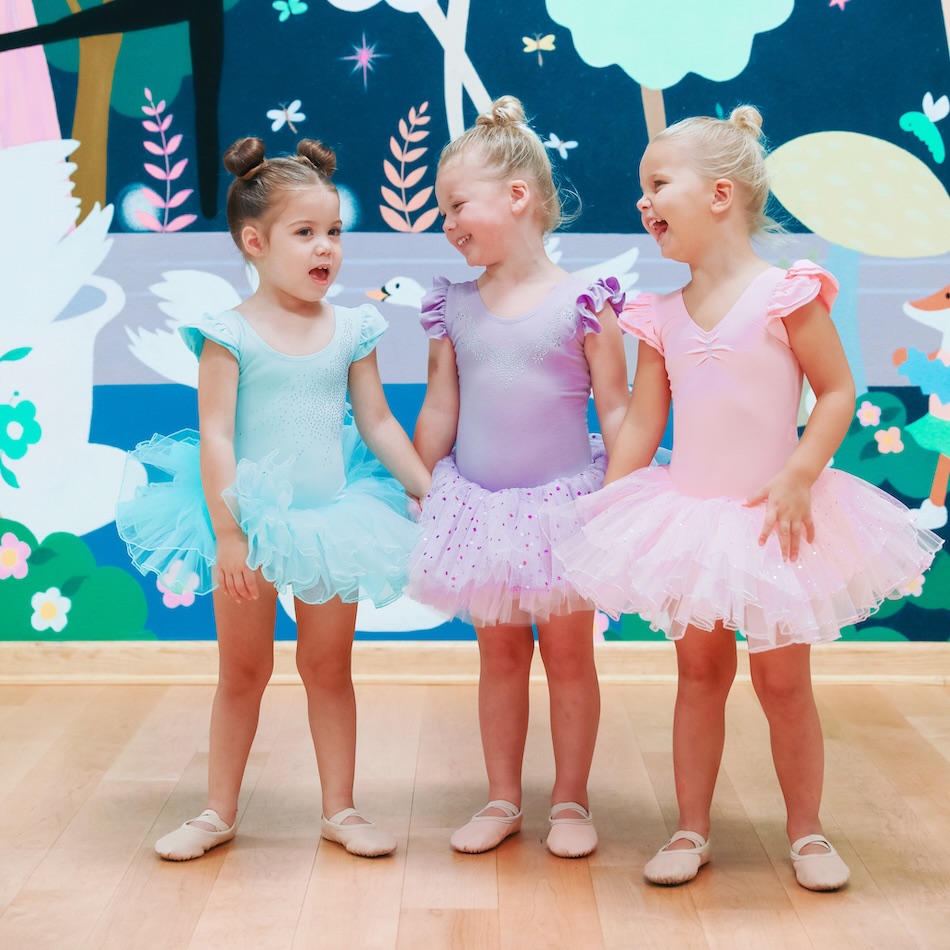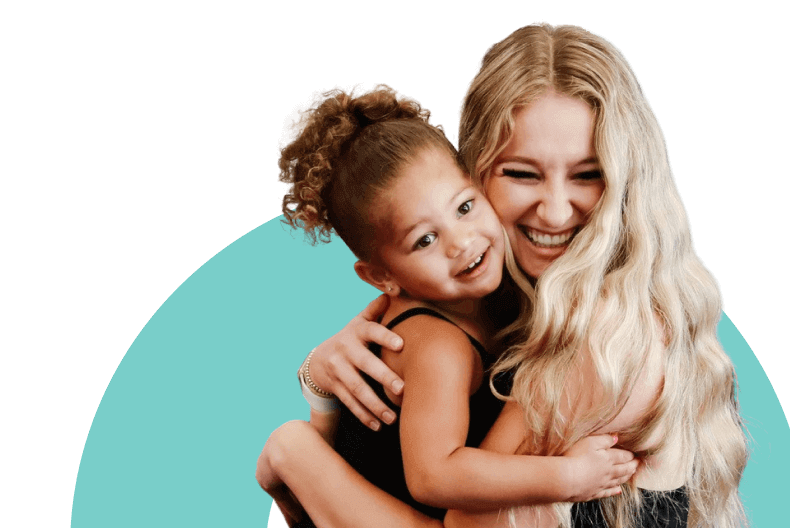Ballet isn’t just for future prima ballerinas. For young children, especially preschoolers, early ballet lessons offer a playful introduction to movement, coordination, and creativity.
At America’s Kids In Motion (AKIM), our beginner ballet classes aren’t about perfect posture or rigid technique. We design them to build confidence, inspire joy, and lay a foundation for lifelong growth.
What Research Says: Dance Benefits for Young Children
Studies show that dance is one of the most enriching activities for children’s development — supporting physical, mental, and emotional growth in ways that are both impactful and enjoyable.
According to a 2022 Frontiers in Psychology study, dance has a positive impact on physical, psychological, and emotional health across a wide range of age groups.
For young kids, that translates to stronger bodies, sharper minds, and better emotional regulation.
In fact, dance is increasingly seen as a powerful alternative to traditional physical education because it blends movement with expression. For preschoolers, that blend can spark a lifelong love of activity.
Building Strength, Flexibility, and Balance
Ballet develops essential motor skills in a way that feels like play in early childhood classes. It provides a structured and joyful environment where children build body control and awareness without even realizing they’re learning.
In early ballet classes at America’s Kids In Motion, children improve:
- Balance and coordination
- Core strength and posture
- Flexibility and range of motion
Instead of repetitive drills, our students jump, twirl, and stretch to music, building body awareness through joy and exploration.
These physical benefits carry over into other activities and help reduce the risk of injury as children grow and develop.
Creativity, Focus, and Early Confidence
Ballet isn’t just physical. It contributes to cognitive and emotional development as well. Through repetition, children strengthen memory and pattern recognition.
By learning choreography, even simple movements, they practice concentration and attention to detail. Additionally, when they express themselves through movement, their creativity blossoms.
Mastering new skills also boosts self-esteem for young ballerinas. Each plié and pirouette reinforces their sense of capability and achievement.
Friendship, Empathy, and Ensemble Joy
Dance is a communal art form, and early ballet lessons nurture social-emotional growth in every class. Children learn to take turns, follow group routines, and support one another in a collaborative environment.
They build friendships, practice empathy, and learn what it means to be part of something larger than themselves, which are essential lessons they’ll carry into school and beyond.
Early Ballet Is Low-Pressure, High-Fun
Some parents worry ballet might be too strict or intimidating. But that’s not how we build our courses at America’s Kids In Motion.
Our early ballet classes are designed for exploration, not perfection.
Preschoolers learn the fundamentals of ballet in a creative and nurturing environment. We focus on rhythm, body awareness, and playful movement — not performance or competition.
This movement and learning-first approach makes ballet a perfect entry point into the world of dance.
From First Steps to Lifelong Passion
Early ballet introduces kids to discipline and structure in a gentle, joyful way. While not every child will pursue ballet long-term, starting young gives them the freedom to discover what they love without pressure.
For many, these first steps in ballet class spark a deeper connection to dance that evolves over time, often leading to further exploration in tap, jazz, contemporary, or continued ballet training.
At its best, early exposure turns curiosity into commitment.
How America’s Kids In Motion Introduces Ballet to Young Dancers
Our preschool ballet program is designed for early learners, meeting them exactly where they are: curious, energetic, and eager to move. Our ballet program includes:
- Age-appropriate movement and music
- Short, engaging class lengths
- Emphasis on creativity, not technique
- Encouragement without pressure
- Safe, supportive environments led by trained instructors
We believe every child should experience the joy of movement. That’s why our ballet lessons are rooted in positivity, patience, and play.
Frequently Asked Questions About Early Ballet Lessons
At what age is it best to start ballet lessons?
Most children are ready to begin ballet between the ages of 3 and 5. At this age, they’re developing motor skills, listening abilities, and social awareness — making it the perfect time for a gentle, playful introduction to dance.
Do kids need special shoes or outfits to start?
A simple leotard and ballet slippers are usually all that’s required. At AKIM, we keep things simple and accessible for new dancers while still promoting a sense of fun and discipline through dancewear.
Will my child perform on stage?
While we may host informal recitals or observation days, our early ballet classes are low-pressure and focused on exploration, rather than performance. We prioritize confidence and joy over stage readiness.
Can boys take ballet too?
Absolutely. Ballet is for everyone! Boys benefit from the same coordination, strength, and creative expression as girls, and we encourage all children to explore dance in a supportive space.
Enroll in Ballet at America’s Kids In Motion
Ballet is a path to physical strength, mental focus, emotional confidence, and social connection. When introduced early, it’s also a whole lot of fun.
If your child is ready to move, explore, and grow, early ballet lessons at AKIM are the perfect place to start.
Spots fill quickly! Sign up today to let your child take their first steps into a lifelong love of dance.




